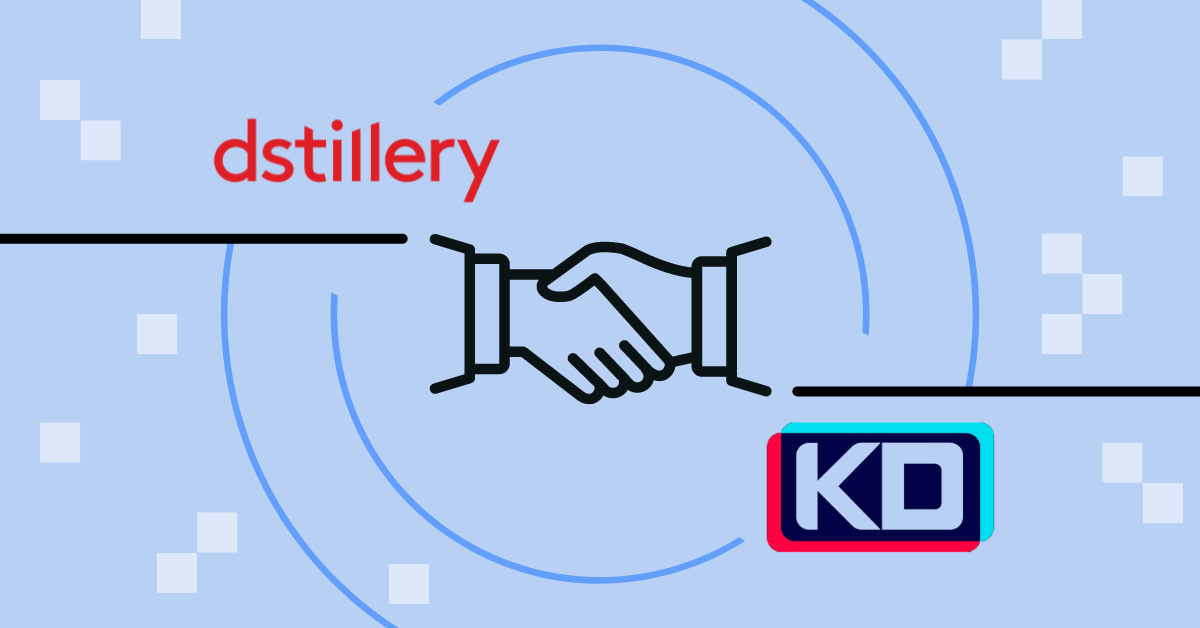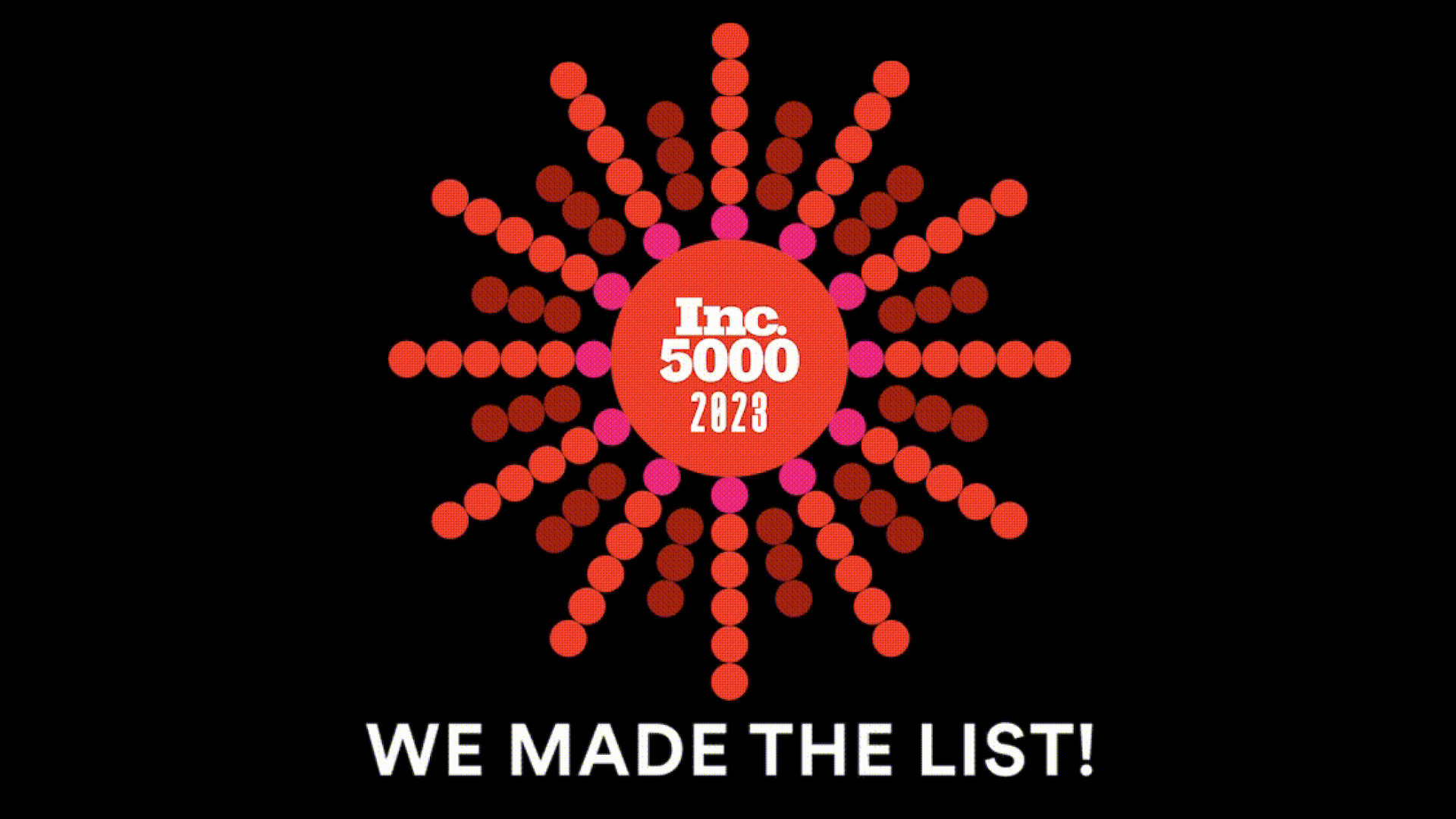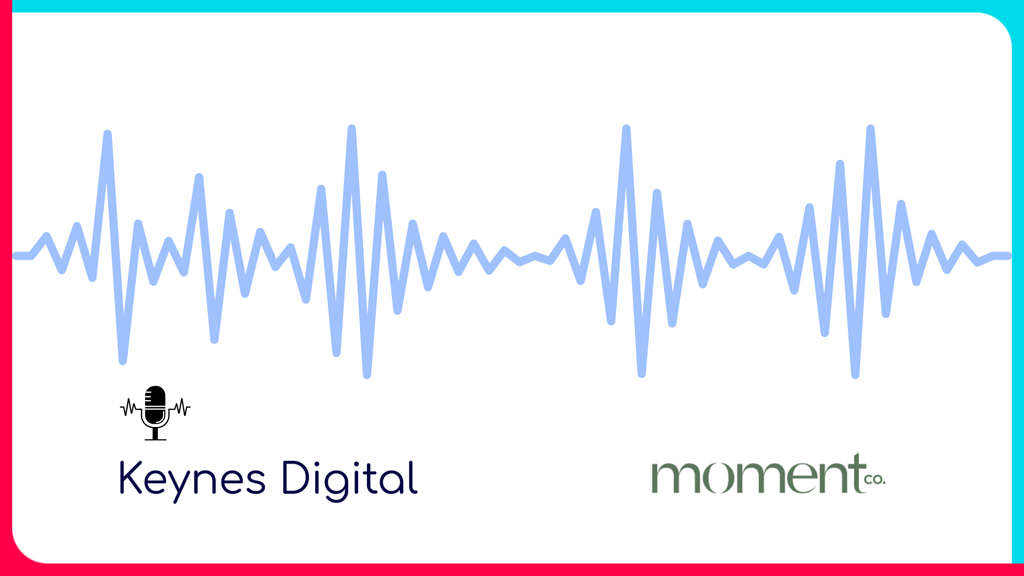Programmatic TV For Advertisers
As programmatic advertising made its rapid evolution, advertising agencies have had to adjust their marketing strategies to these digital streams. Programmatic TV is now an integral part of that marketing strategy.
Programmatic TV advertising streamlines the process of bidding and securing ad space. Instead of making direct purchases, the process is automated, allowing companies to skip over negotiating any pricing and making the process seamlessly quick and effective. With machine learning, advertisers purchase ads in real time with pricing that reflects the current value. Agencies may complete the process of programmatic advertising on a variety of media channels. With programmatic TV marketing, tech solutions automate ad choices. At the core, programmatic TV permits digital ads to run against television content appearing on web-connected devices, such as desktops, tablets, smartphones, and smart television sets.
Programmatic CTV & OTT
To better understand programmatic TV advertising solutions, there are many channels for advertisers to consider. First, let’s start with the most effective method of programmatic advertising: CTV vs OTT. These are two channels that work as one. CTV stands for connected television, while OTT is an acronym for over the top. CTV refers to devices, both smart televisions and televisions, that use streaming methods to display content via the internet. OTT refers to the platforms the content is displayed on via the internet without a set-top box or satellite dish. The type of TV content provider would determine the main differences between OTT vs CTV. A couple of OTT examples include HBO and Hulu, while a few CTV examples include Roku, Amazon Fire Stick, and Xbox.
Programmatic CTV and OTT strategies are usually the same. Advertisers can use the same ads because users will stream most OTT content through a CTV device. The only difference is that OTT advertisers gear the content toward those who don’t have a CTV in their homes. With CTV ads, the displays usually appear before, during, or after a movie or television show. Advertisers will highly target ads on CTVs based on key demographics, user behaviors, and locations.
Programmatic Display & Native
Programmatic display advertising and programmatic native advertising are also effective programmatic channels for advertisers to market on. Programmatic display advertising refers to the advertiser’s option to purchase display ads in an automated fashion using insights to determine the cost. Display ads will have the appearance of a typical marketing message. In comparison, programmatic native ads will mimic curated editorial content. Native ads have a high click rate and will have a disclaimer that states the ad is sponsored.
Programmatic Audio & Video
Other key programmatic channels for marketing purposes include programmatic audio and programmatic video. Both methods work similarly to display advertising. Programmatic audio ads appear on audio channels such as podcasts and music streaming sites. Programmatic video ads can be placed within both games and uploaded video streams. And instead of bidding on stationed display ads, the advertiser is automating the process of securing video ad space on various video platforms. With programmatic videos, the ads can be displayed as interactive videos or integrated game ads.
Connected TV Advertising
To answer, “what is CTV advertising?”, or better asked, “what is Connected TV advertising?”, we must first answer the CTV meaning. As mentioned above, CTV stands for connected television. A CTV is a device powered through the internet to stream digital content, where user data is then collected. These devices then allow advertisers to access different types of media to better connect with audiences.
A Connected TV may or may not need extra hardware to get online, such as a smart television set from companies like LG, Samsung, and Sony. It also extends to televisions hooked up to a streaming device, for example, a Roku, Amazon Fire Stick, or Apple TV. The content on CTV is beyond what’s provided through standard cable and satellite TV providers.
Connected TV advertising is the method advertisers serve their ad campaigns to connect with their audiences more effectively. These campaigns feature non-skippable 15 to 30-second ads. With CTV ads, advertisers have access to essential metrics, including view completion rates. The goal is to reach potential prospective or retargeted households who have “cut the cord” and no longer rely on traditional television programming. To give some perspective, 80% of US households have at least one CTV/OTT device, and only growing from here. Without CTV advertising, it would be problematic for advertisers to reach their viewers through television.
CTV vs OTT
As CTV and OTT are slightly different, the programmatic advertising world considers them as one because they are dependent on one another. CTV displays ad campaigns to users on OTT streaming platforms. For example, a smart TV or CTV device serves an ad to a user watching content on an OTT platform, like Hulu, HBO, Disney Plus, and Peacock.
Let’s get more into detail on the OTT meaning, or over the top. It translates to advertisers’ ability to market directly to those who view online, CTV media. The phrase is called over the top because advertisers can bypass traditional means to get their ads seen by viewers. OTT advertising platforms don’t limit advertisers in the same way as conventional network advertising which would need to abide by broadcast schedules.
Precise CTV targeting will occur through OTT advertising. There is less wasted viewership since the advertiser has more control over the target demographic that views the content. Unlike generic ads, advertisers share the most relevant content possible through OTT channels.
OTT Platforms
Although OTT meaning was initially reserved for services like Netflix, there are currently dozens of alternative streaming services that allow an advertiser to serve ad campaigns. OTT marketing also allows niche ads based on the type of streaming service. For example, agencies with advertisements that appear on ESPN+ would design them to appeal to fans of sports. These ads, including all programmatic advertising channels, allow for more specific targeting based on a user’s behavior, demographics, and location. For instance, advertisers create specific ads for sports fans, but more OTT specific would be 15 to 30-second video ads for male users interested in hockey located in Philadelphia.
The following are examples of OTT applications utilized for advertising purposes:
- Hulu
- Peacock
- Disney Plus
- ESPN Plus
- Bravo
- FOX
- NBC
- ABC
- Amazon
- E!
The preceding is not inclusive of all OTT advertising platforms. Every year, more and more streaming services are launching to provide additional content to users globally.
The key benefit of OTT advertising is increasing market reach. Consider the following: more than 60% of young adults use online streaming services as the primary way to watch television. As more streaming options come onto the market, the number of users will continue to grow at a dramatic pace.
The Trade Desk in Programmatic
The Trade Desk is a trusted partner of Keynes Digital. It has become a must-have Demand Side Platform (DSP) for many advertisers in the programmatic space. They’re shaping the focus of real-time ad bidding by bringing together agencies, aggregators, and advertisers on a single platform. Unlike competitors, the Trade Desk provides detailed bid capabilities to confirm that users can better control auctions.
The Trade Desk specializes in programmatic advertising and is one of our preferred DSP partners. We record metrics from multiple sources to gauge campaign success. The number of metrics is endless. More precision controls given to users ensure that ads remain high-performing while remaining within any predetermined budget.
The CTV landscape is constantly changing. Keynes looks for partners adamant about staying on top of trends within the industry. Our preferred DSP continuously optimizes CTV measurements for advertisers to develop new and relevant CTV media and metrics. Their industry expertise is in CTV ads in notable geographic areas worldwide, including North America, Europe, and the Asia Pacific.
We partner with the best DSPs to help run the strongest ad campaigns through all programmatic advertising channels. For example, audio advertising on music streaming services and podcasts has experienced significant growth in the past five years. The Trade Desk has developed beneficial partnerships with the top names in the industry, such as Pandora, Spotify, and Soundcloud. Audio advertising, CTV/OTT, display and native, and video options are also provided on the all-inclusive Trade Desk DSP.
Keynes partners with the best companies within the advertising space to produce the best return for our clients.
Industry Expert Insights
We are your high-touch, performance-focused streaming TV and programmatic advertising partner. Our team of experts and a one-of-a-kind data-driven platform connects you to the best streaming TV marketing strategies.









































